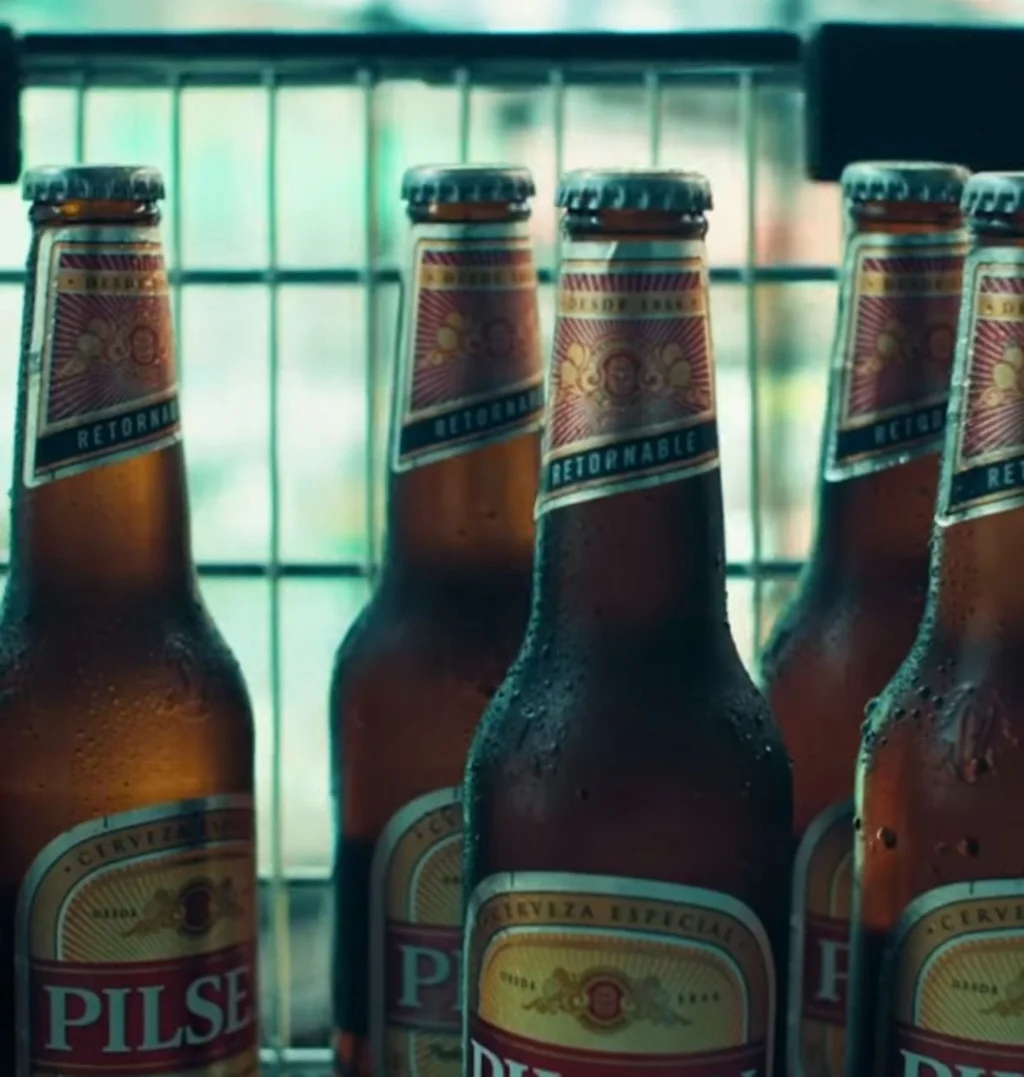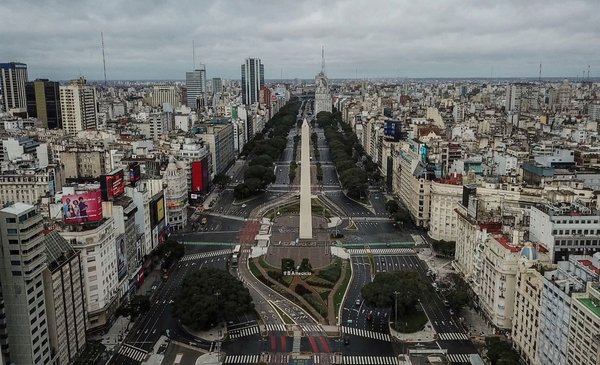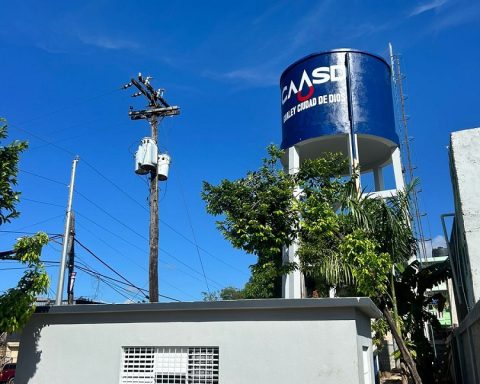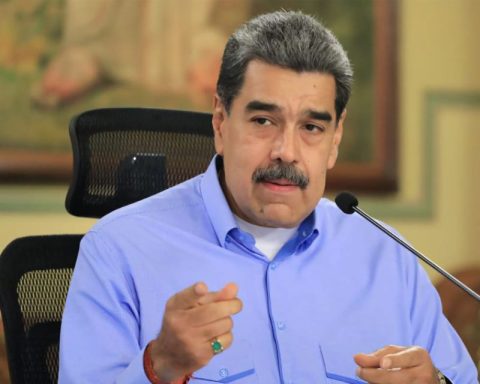“You can see the euphoria of the people to go shopping in Concordia”said to Coffee & Business a merchant from the center of the city of Salto. The almost 60-year-old man grew up in that interior warehouse, which he inherited from his father. Over time, he lived in his own flesh the economic ups and downs on one side and the other of the Uruguay River.
Today, you are beginning to see the impact on sales due to the devaluation of the Argentine peso and crowded borders at Easter.
“We have only just begun to notice the drop in sales and I see it with concern”, recognized the grocer who, in addition, added: “Especially it is noticeable on weekends, when people are taking the opportunity to go to eat there, and he already puts gasoline and brings the assortment”.
The man is pessimistic about the difference in prices for products and services between Argentina and Uruguay. According to the latest monitoring of border prices released by the Economic Observatory of the Catholic University (UCU) in Salto, in January “it is 56.57% cheaper to buy products in the city of Concordia than in the city of Salto”. In turn, “from Concordia’s point of view, the indicator shows that Salto is 130.3% more expensive than Concordia”.
Also, according to the report everything indicates that the price difference will continue to risedue to the political and economic situation of the neighboring country, despite having scheduled an exit with the International Monetary Fund to cancel its debt with the organization.
The grocer believes that even if concrete measures are applied –such as lowering taxes on some products– “people are going to continue going to Concordia for two pesos less”.
“The opening of borders has already begun to affect local commerce, but the most notorious effect is going to take place starting this month due to Tourism Week”explained the president of the Commercial and Industrial Center of Salto, Vera Facchin, to Coffee & Business. The businesswoman also said that they expect this month’s figures to have “a true dimension” of the effect of the difference in prices.
However, for the flood of Uruguayans who crossed into Argentina last weekendwhich reached 40 thousand people, according to data from the Ministry of Tourism (Mintur), it is expected that “the effect will be more serious than in the pre-pandemic”.
In this sense, Facchin explained that “the seven kilometers of queue to cross the bridge” already paint a complicated picture for the merchants of Río Negro, Paysandú and Saltowith a “significant drop in sales levels”.
According to data provided by the National Directorate of Migration, from April 8 to 13, 114,577 people left Uruguay. Towards Argentina, 21,570 people passed through Colonia; 18,070 for Paysandú; 14,326 by Fray Bentos and 15,006 by Salto. On the other hand, an exit of 7,126 people was confirmed through the port of Montevideo (Buquebus).
Line to cross the San Martín bridge (Fray Bentos- Gualeguaychú)
When asked about the reductions in VAT or the Specific Internal Tax (Imesi) on fuel, as measures to alleviate the economic situation at the border, Facchin maintained: “We have to look at this phenomenon with structural and not conjunctural measures” and added that it is necessary to prevent the possible impact of the loss of employment in these localities.
In any case, the president of the business association assured that they raised with the Secretary of the Presidency, Álvaro Delgado, the need to increase the discount percentage of Imesi on gasolinein a meeting in which all the representatives of the service stations were present. “We know that the Ministries of Industry and Economy are working on this; we are waiting for this measure, which we consider very important to increase competitiveness”.
This type of measure is usually applied at the border and, in fact, the General Tax Directorate decided to maintain the 24% reduction in the price of gasoline at the border with Argentina. However, Facchin told Coffee & Business that this provision “is not enough” and that It was proposed to the Presidency to reduce this tax by 100% to “expand competitiveness, despite being very far from the cost of fuel in Argentina,” concluded the businesswomanwhich is awaiting the pronouncement of the Executive Branch.
For his part, the president of the Chamber of Commerce and Services of Uruguay, Felipe Puig, asserted that the exchange difference between the countries worries him and that he is also waiting for the figures at the end of April to evaluate the situation.
However, he explained that It has already entered into dialogue with the Customs authorities so that they “maintain control of the amount of products that can enter”and explained that this phenomenon not only worries him because of the impact on consumption, but also because “smuggling benefits” in this context.
Along the same lines, the mayor of Salto, Andres Lima—in an interview with Arriba Gente (channel 10)— said this Wednesday that the fuel difference between Argentina and Uruguay “is two to one”and conveyed the concern of the coastal merchants.
He also admitted that he will meet after Easter with the mayors of Río Negro, Omar Lafluf, and of Paysandú, Nicolás Olivera, and the shopping centers of these departments, in order to seek measures to reduce the impact of the exchange difference.
Among the measures they are studying to alleviate the situation is that of “legalize micro-importation”Lima pointed out, and explained that this consists of “the small and medium merchant being able to cross to Concordia, buy merchandise and resell it in the city of Salto at a lower price”, paying a fee.
In addition, Lima assured that bagashopping “is a reality installed in the department”. The illegal fair is around 26 years old, explained the mayor of Salto in the interview.
of the most affected
According to the Economic Monitor of the UCU, “The category of alcoholic beverages and cigarettes is systematically more expensive in Salto than in Concordia”, and specifies that in January – the last month surveyed by the institute – “wine, beer in supermarkets and cigarettes in kiosks show differences of 149%, 230% and 252% respectively”.

Courtesy FNC
“Systematically, the category of alcoholic beverages is more expensive in Salto than in Concordia”, points out the Economic Observatory of the UCU.
Asked about the situation, Gabriela Cibils, head of Corporate Affairs for Fábricas Nacionales de Cerveza (FNC) – the largest company in the industry in the country – said that “The difference in prices on the gondola is very high, since a beer costs three times more in Uruguay than in Argentina.”
During the closure of the bridges due to the covid 19 pandemic, “We saw that the coast was the region least affected by the drop in consumption, while in the rest of the country the volume plummeted due to the pandemic effect”Cibils pointed out, also adding: “At the end of the first quarter of 2022, we see that consumption at the national level had an improvement compared to 2021, although it does not recover pre-pandemic levels, but in the Salto and Paysandú area it fell sharply in relation to 2021closing even below the first quarter of 2019”.
“There are many affected areas. The difference in production cost is very large between Argentina and Uruguay and this is aggravated by the devaluation of the Argentine peso. This difference in costs and geographical proximity make the consumption of Argentine products very attractive”, concluded Cibils.

















